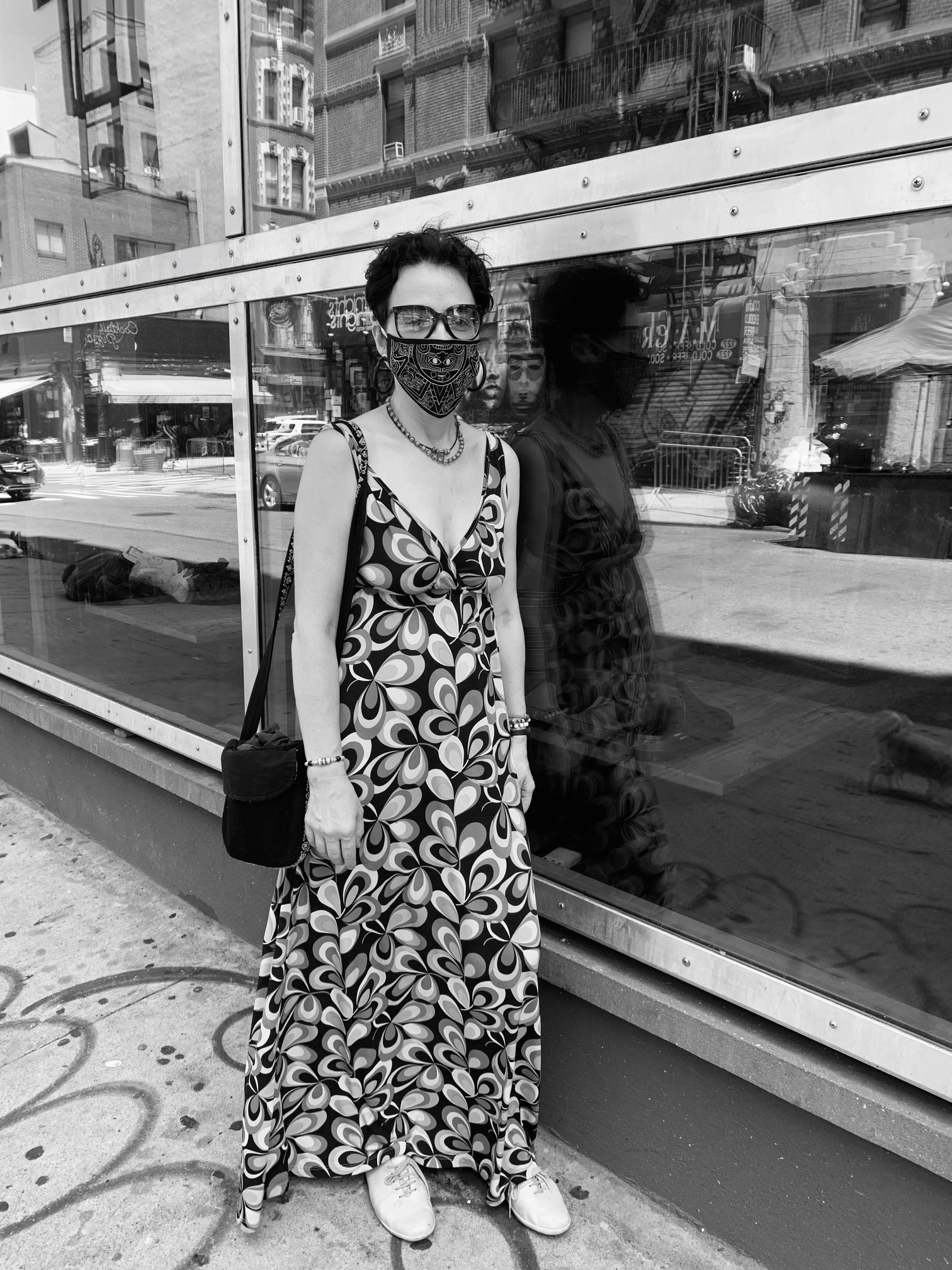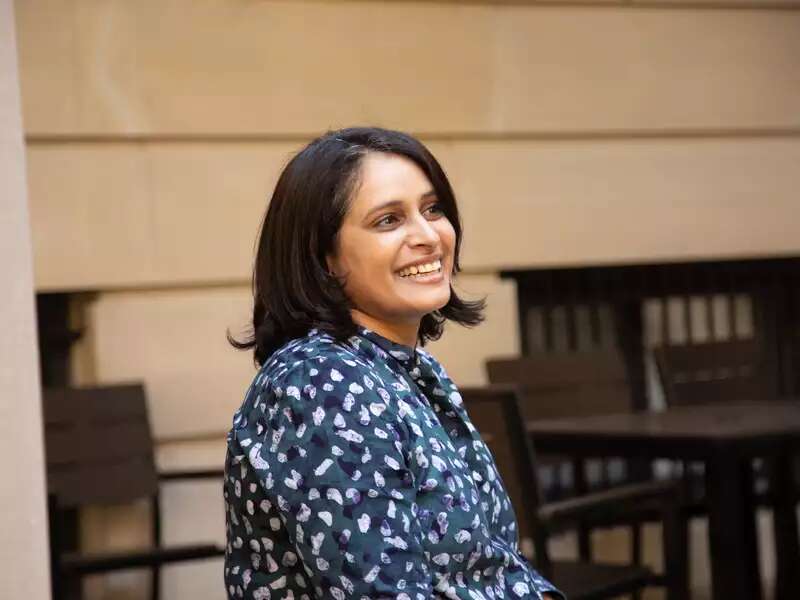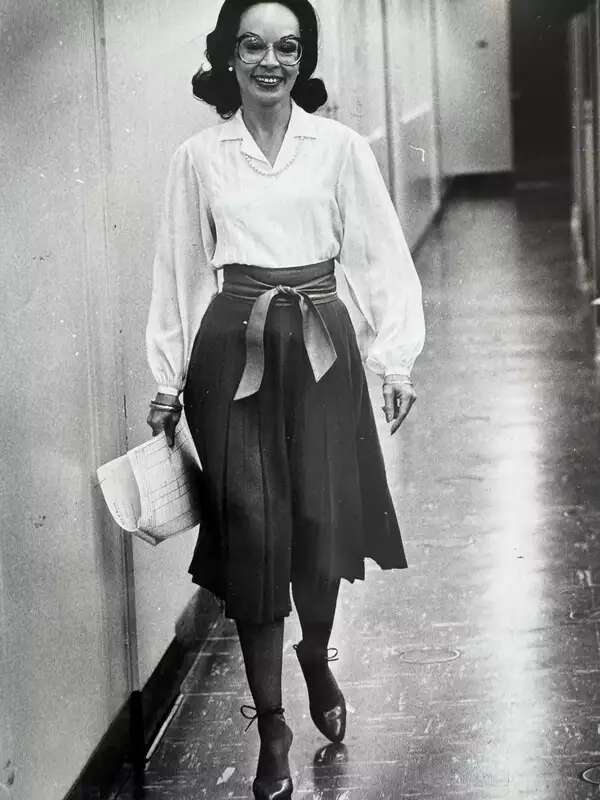 As Barnard prepares for the fall — and professors and administrators turn to hybrid learning models that make use of online resources to facilitate collaboration with students across states, countries, and even continents — Dana Neacşu, adjunct professor of environmental science and Columbia University lecturer in law, is ready to embrace the challenges.
As Barnard prepares for the fall — and professors and administrators turn to hybrid learning models that make use of online resources to facilitate collaboration with students across states, countries, and even continents — Dana Neacşu, adjunct professor of environmental science and Columbia University lecturer in law, is ready to embrace the challenges.
Back in March, Neacşu started teaching online by incorporating a companion website and blog into her course Introduction to U.S. Law, Policy, and Research: An Environmental Perspective. Originally developed with professor of environmental science Peter M. Bower, the class shares its name with the faculty members’ 2019 co-authored book of the same title and introduces students to law and legal precedent by carefully examining the process by which environmental laws in the United States have been enacted.
Neacşu uses collaborative blog posts to enhance engagement with the course material. This approach helps to bridge knowledge gaps and offer opportunities to share differing perspectives on how to apply new information to real-world problems. The website — that houses the blog posts — helps students stay organized with readings, assignments, and legal resources. By gathering and organizing a large number of resources in a central location, Neacşu and her students are able to create a comprehensive collection of readings and related materials that extend well beyond the standard classroom textbook. Unsurprisingly, the course’s innovative structure has served as an inspiration and roadmap for professors at other colleges and universities who are interested in developing and teaching similar classes.
Teaching assistant and environmental science major Alissa Lampert ’22, who took the class in spring 2019 and assisted in spring 2020, applauded Neacşu for engineering this network of online resources. “It has gotten myself and her students involved much more than most classes I have taken,” said Lampert. “The course has inspired me to add legal thought to my daily life and encouraged me to pursue just forms of environmental advocacy.”
In this “5 Questions With …,” Neacşu discusses remote learning, the unique benefits of technology, and the importance of empowering the next generation of scholars, activists, and researchers.
What inspired you to create a website and a blog for students?
Peter Bower, the creator of the course, was the mastermind behind the website. He started the companion website, making sure that anybody who needed to start a course similar to ours would have access to some of our materials. I started the blog this year because I like to spread our ideas through all the means available to us. Also, the blog gave the students [a place to amplify their ] voice. I wanted them to feel empowered. They have access to the blog and can post their own thoughts. It was my way to show my trust in their decision-making.
How do students interact with the website and the blog?
The website was always there, and it contained some of our readings. However, I am a firm believer in multiple access points to information, so I used Courseworks to provide even more information. The website is a way to inspire other academics into teaching a subject similar to ours. The blog was a minor success. Some students love to have their voices heard, and I have hope for the continued use of the blog. We shall see.
How has this virtual and collaborative approach to learning helped students during the pandemic?
I believe we have all become better students, myself included. We learned to adapt, of course in various degrees, and we learned to open up to each other. Students shared with me their burdens more easily, and I have learned how to open up my schedule: I had multiple days with various office hours to accommodate various time zones. I had students attend my Zoom conference presentations after the semester was over, and I have students writing back with suggestions for readings for the next time I teach the class. I am overwhelmed by the silver lining of COVID-19.
Has remote learning impacted your approach to teaching?
I have become a better teacher because I am more attuned to the students’ needs. It made me realize that a student-focused approach is the only way forward. I need to adapt to what they need to learn within my overarching goal for the course. While I was using formative assessment daily quizzes during the pandemic, I was also relying on quizzes for feedback and for the students’ input on what else they would like covered in the class. Even though we stuck with the syllabus, I was able to create new course material for the last week of classes.
Also, perhaps my ability to be a creative teacher was made possible by Barnard’s academic environment. In my two decades at the law school, I have never received any support comparable to the support I have received from Barnard’s Department of Environmental Science. This past semester, the Department’s co-chairs Brian Mailloux and Martin Stute have shown what it means to be amazing co-chairs. Similarly, the scientists who round out the department are the most open-minded, resourceful, and dedicated teachers anybody can hope for. Not to mention the Barnard deans who lent their support when I needed them to find ways to locate my students and gently pressure some to do the work required to pass the class.
But, that being said, I want to give a shoutout to Peter Bower, who masterminded the course and who is my co-author for the textbook that my students now use, and to Brian Mailloux, whose podcast, The Lonely Campus, is a tremendous educational source. My two last classes were recently featured there.
In what ways do you believe students benefit from pooling online resources and communicating through blog posts?
Today’s students are our future scholars, scientists, environmental activists, lawyers, and overall engaged citizens. The sooner they understand that I teach them what they can give back to our community tomorrow, the sooner they can make the most use of my class and of my expertise and passion for teaching and learning. Most of them have accepted the gambit and are bringing it to new levels. The best teaching is the one built on two-way scholarly communication: Both teachers and students learn from each other and teach each other.
I believe in empowerment, in youth, and in progress. I teach accordingly and learn as such from my students and the community at large. Engaged scholarship produces engaged citizens. Today’s environment, that of a twin health and political pandemic, needs us connected and open-minded and ready to embrace and promote change.
—BRIGID CROMWELL ’22




